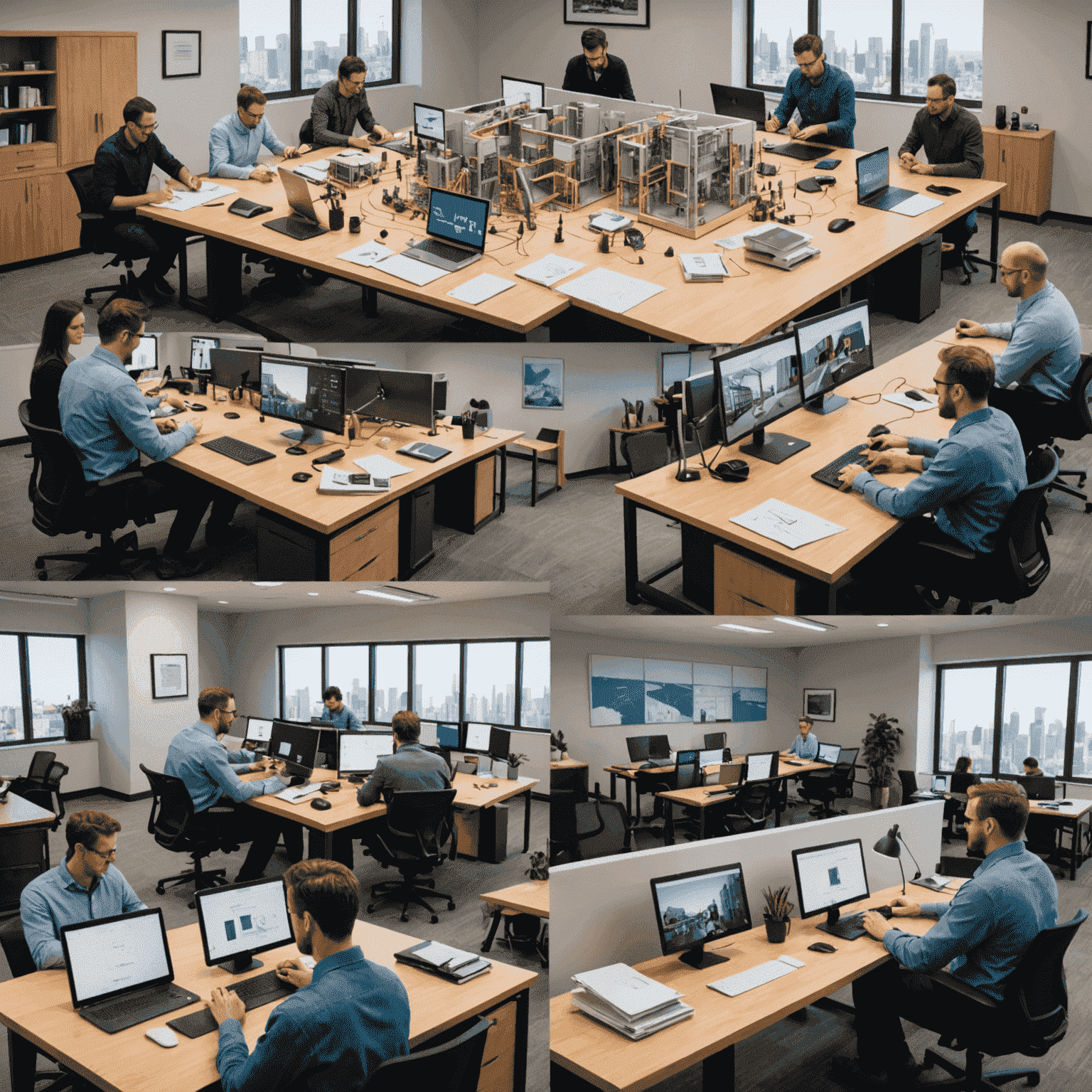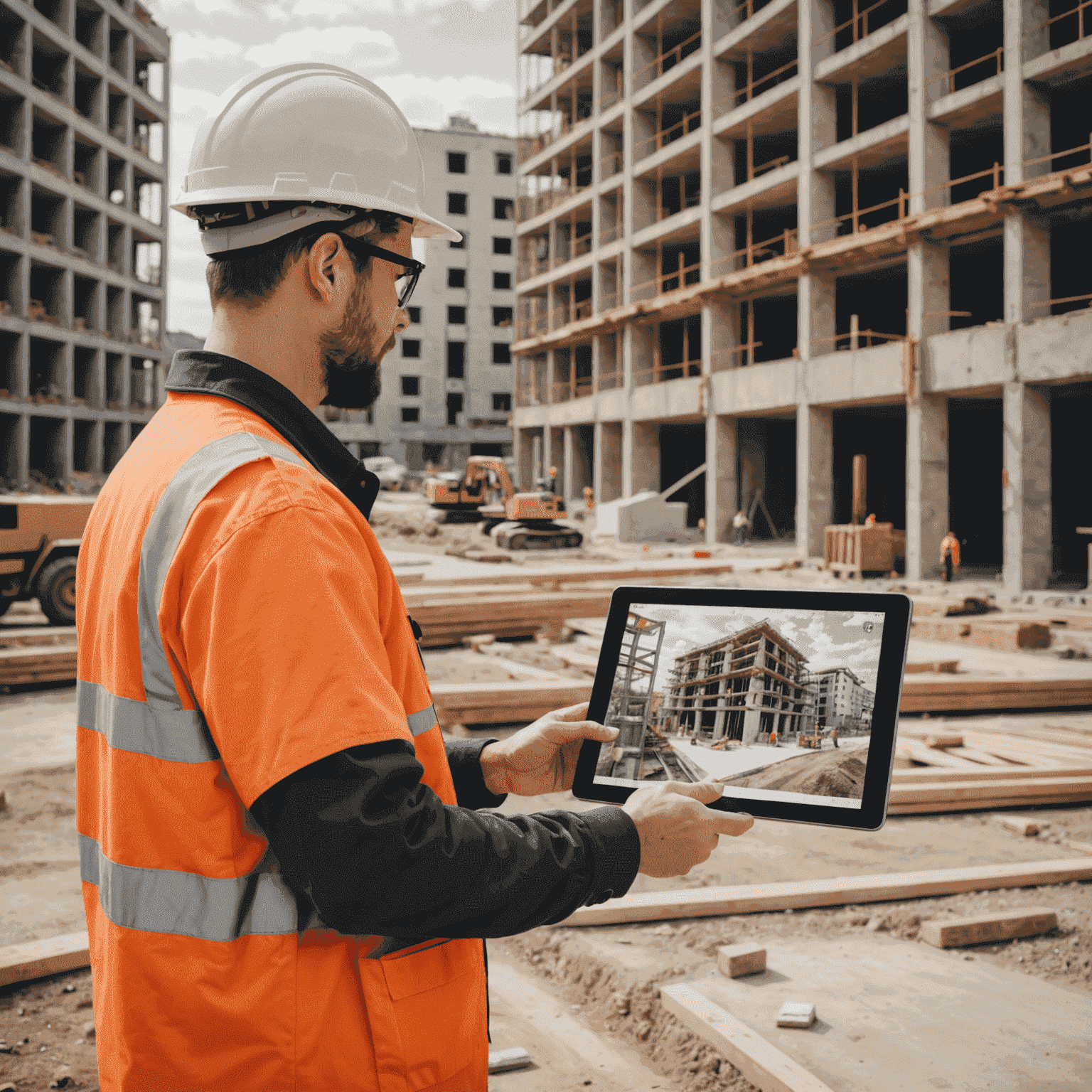BIM Integration Trends: SketchUp's Role in Modern Project Workflows

As the architecture, engineering, and construction (AEC) industry continues to evolve, the integration of SketchUp with Building Information Modeling (BIM) technologies is becoming increasingly crucial for streamlined project workflows. Let's explore the current trends shaping this integration and how it's revolutionizing professional design and architectural modeling.
1. Seamless Data Exchange
One of the most significant trends is the development of plugins and extensions that allow for seamless data exchange between SketchUp and BIM platforms. This integration enables designers to leverage SketchUp's intuitive 3D modeling capabilities while maintaining compatibility with BIM's data-rich environment.
2. Cloud-Based Collaboration
Cloud-based solutions are facilitating real-time collaboration between SketchUp users and BIM teams. This trend allows for simultaneous work on different aspects of a project, enhancing efficiency and reducing the risk of version control issues in working drawings and documentation.

3. Enhanced Visualization Capabilities
The integration of SketchUp with BIM is pushing the boundaries of visualization for interiors and exteriors. Advanced rendering engines are now capable of processing SketchUp models within BIM environments, producing photorealistic visualizations that aid in client presentations and design decisions.
4. Parametric Modeling
A growing trend is the incorporation of parametric modeling features in SketchUp, aligning it more closely with BIM methodologies. This allows for dynamic, data-driven changes to models, which is essential for efficient architectural modeling and design iterations.
5. Mobile Integration
With the increasing need for on-site access to project information, mobile integration of SketchUp and BIM data is becoming more prevalent. This trend enables professionals to view, annotate, and even modify designs using tablets or smartphones, enhancing flexibility in project management.

6. Sustainability Analysis
The integration of SketchUp with BIM is also trending towards improved sustainability analysis. New tools allow designers to assess the environmental impact of their SketchUp models within the BIM framework, facilitating more informed decisions about materials and energy efficiency.
Conclusion
As these trends continue to shape the industry, the integration of SketchUp with BIM technologies is proving to be a game-changer for professional designers and architects. By combining SketchUp's user-friendly interface with the comprehensive data management of BIM, projects are becoming more efficient, collaborative, and innovative than ever before.
Stay tuned as we continue to explore how these advancements in SketchUp and BIM integration are transforming the landscape of architectural modeling and design.